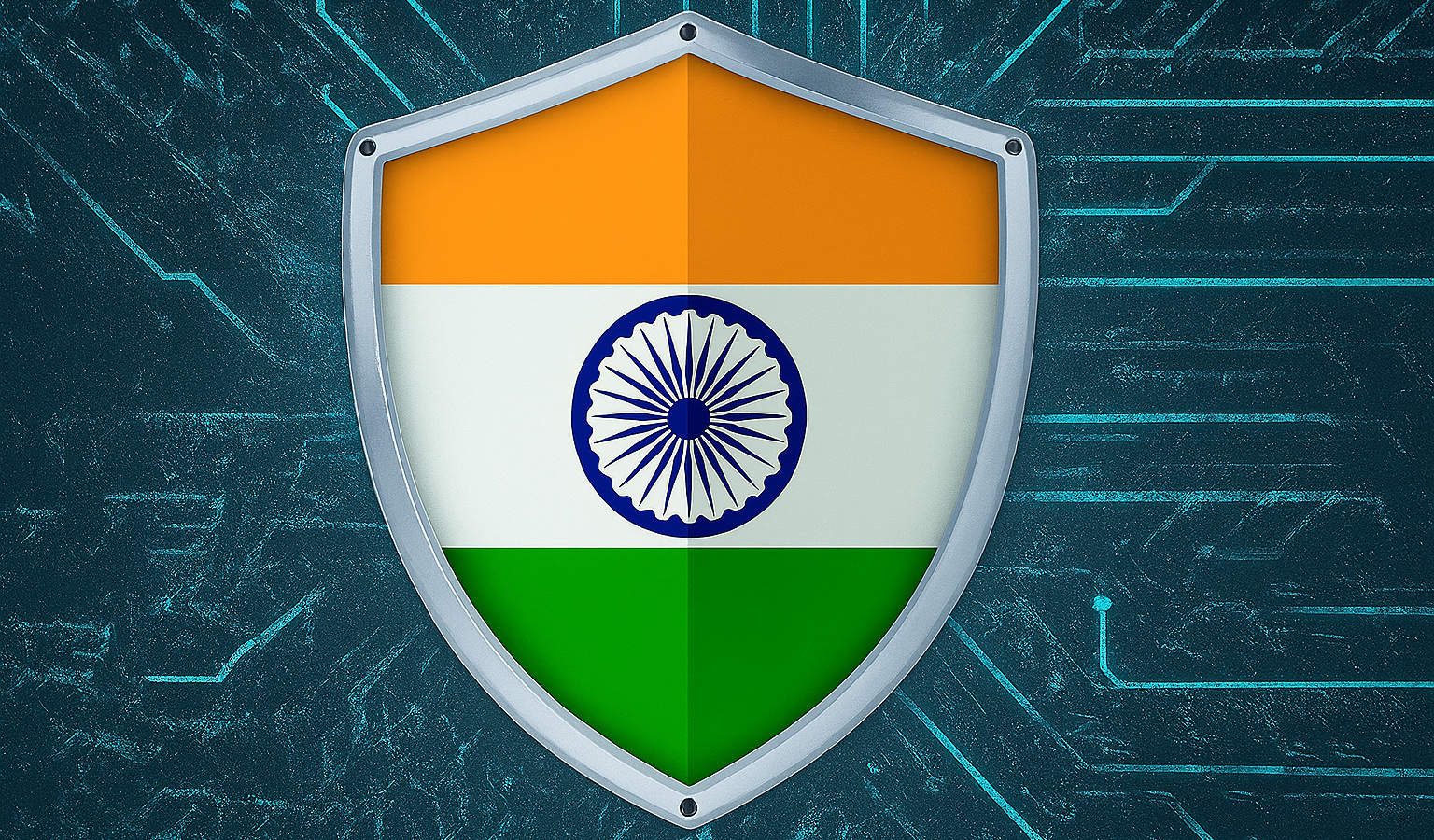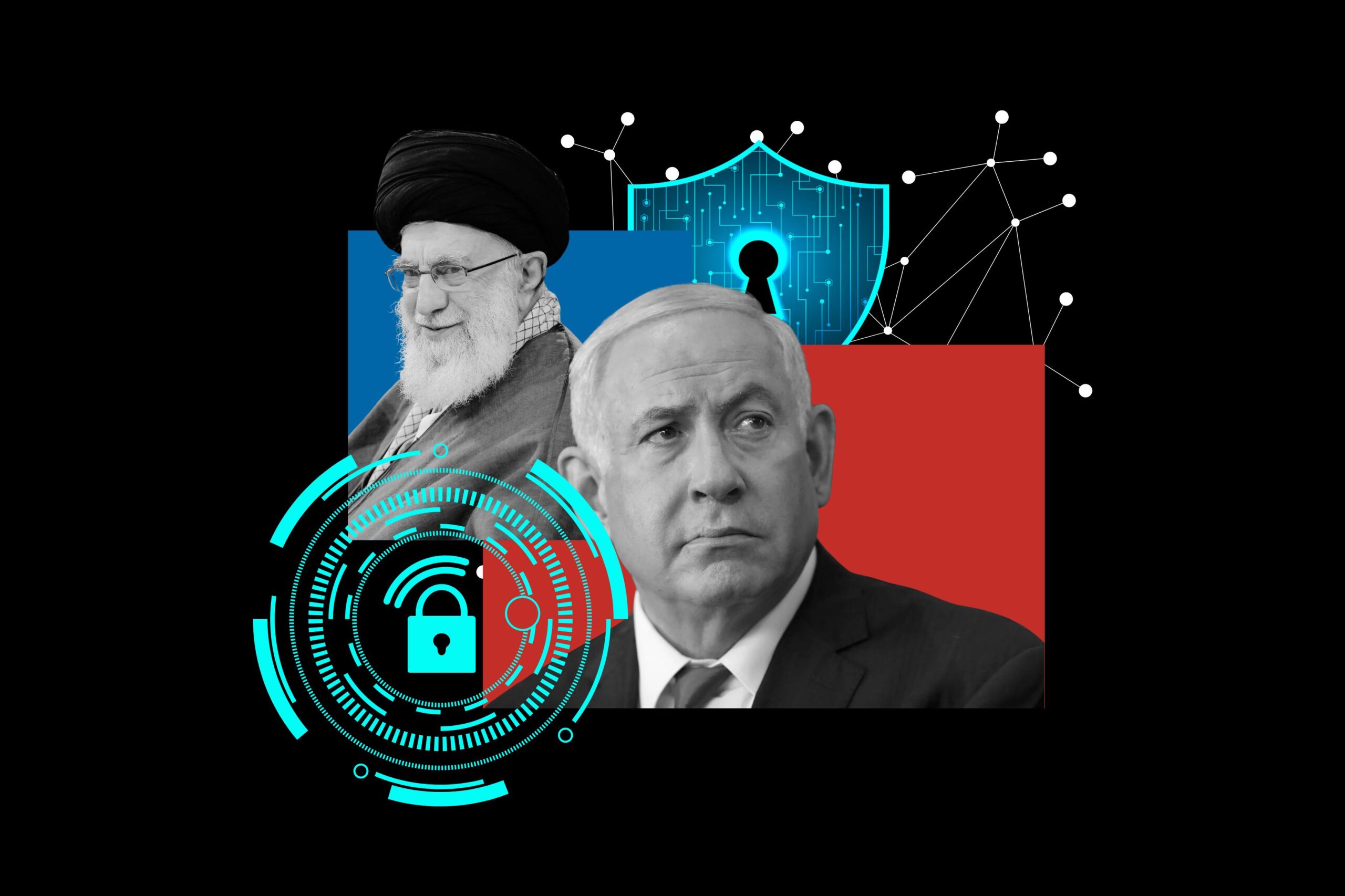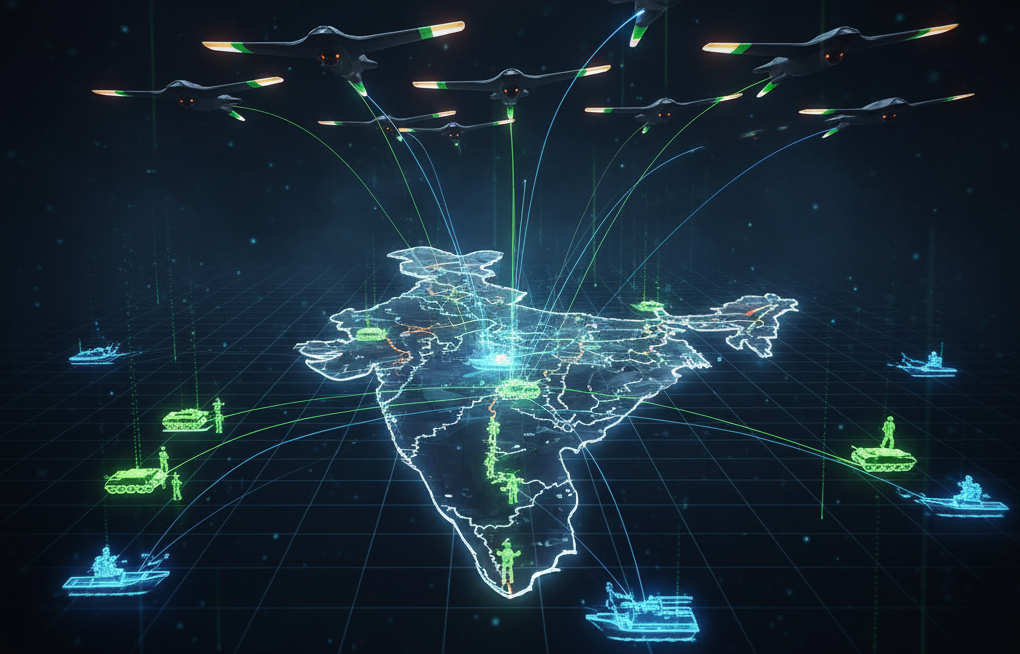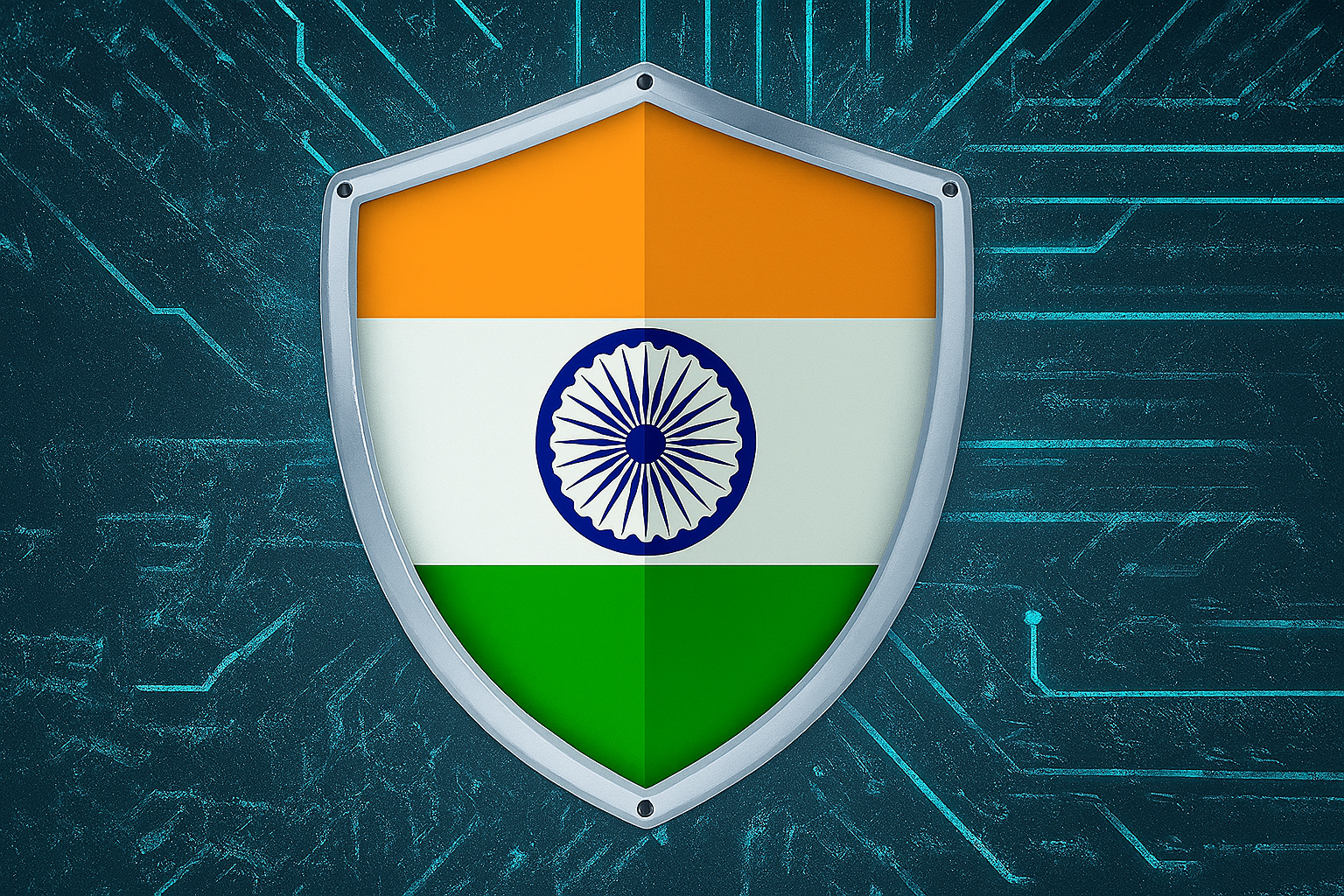
India’s recent experience following the Pahalgam terrorist attack of April 22, 2025, has starkly revealed the nation’s vulnerabilities to these multi-faceted information operations, making the development of a comprehensive FIMI defense strategy not just advisable, but essential for national security.
The European External Action Service defines FIMI as “a pattern of behavior that threatens or has the potential to negatively impact values, procedures and political processes,” characterized by “manipulative activity conducted in an intentional and coordinated manner” by state or non-state actors.1 This definition captures the essence of what India faced in the aftermath of Pahalgam—a coordinated, multi-platform assault on truth itself, designed to manipulate global perceptions and undermine India’s position in the international community.
Within hours of the attack, a carefully orchestrated disinformation ecosystem activated across multiple platforms, languages, and geographical boundaries, demonstrating how modern FIMI operations have evolved far beyond traditional propaganda to become weapons of mass narrative destruction.
The terrorist attack in Pahalgam on April 22, 2025, which saw gunmen target tourists in the Baisaran meadow, killing 26 people, immediately triggered what can only be described as a textbook FIMI operation.2 According to fact-checking organization BOOM, the terror attack became “the most fact-checked incident in April, accounting for 23 per cent of all fact-checks BOOM published in April,” with social media “swamped with mis/disinformation directed at both India and Pakistan” in the two weeks following the attack.3
The disinformation campaign manifested across four distinct but interconnected dimensions, each representing a critical vulnerability in India’s information security architecture.
AI-Generated Disinformation at Scale
The most alarming aspect of the post-Pahalgam information warfare was the immediate deployment of artificial intelligence to create convincing but false visual evidence. Lighthouse Journalism’s investigation revealed that “AI-generated images from terrorist attack in Kashmir’s Pahalgam shared as real,” with these synthetic images going viral across social media platforms. 4 The sophistication of these images required specialized detection tools like HIVE Moderation, wasitai.com, and Sight Engine to identify them after detailed technical analysis.
This represents a fundamental shift in how disinformation operates. Unlike traditional propaganda that relied on miscontextualized real images or crude manipulations, these AI-generated visuals were created specifically for the incident, designed to inflame communal tensions and shape global perceptions of the attack. The speed with which these images spread—faster than any fact-checking mechanism could respond—demonstrates the critical need for real-time AI detection capabilities.
Coordinated Cross-Border Information Operations
The Observer Research Foundation’s analysis revealed how “Pakistan has a history of using proxy actors, false narratives, and hybrid warfare to influence the international political perspective on internal Indian matters,” with the Pahalgam incident following established patterns but with enhanced technological sophistication.5 The disinformation campaign included fabricated claims about senior Indian military leadership being dismissed or exiled for operational failures, which Pakistani mainstream media outlets including Samaa TV and Dunya News TV “picked up these social media rumours and reported them as hard news, further amplifying the false narratives.” 6
The Week magazine reported that Pakistani media and proxy social media handles launched “a coordinated disinformation campaign aimed at discrediting senior Indian armed forces officers,” with false claims about Lieutenant General Rana being “shunted out” and Air Marshal S.P. Dharkar being dismissed for refusing to fight Pakistan.6 These narratives were later debunked when it was revealed that these officers had either been promoted or retired honorably, but the damage to public perception had already been inflicted.6
Western Influencer Recruitment and Amplification
Perhaps most concerning was the transnational nature of the disinformation campaign, which successfully recruited Western influencers to amplify false flag narratives about the attack. The Network Contagion Research Institute’s investigation, as referenced in the original brief, exposed how Pakistani disinformation campaigns specifically targeted Americans by “leveraging Western influencers to skew views on India post-Pahalgam attack,” utilizing “widespread bot-driven amplification and AI-generated memes used in these propaganda efforts.”7
This represents an evolution in FIMI operations, where local incidents are immediately globalized through international influence networks, making it far more difficult for targeted nations to control the narrative or respond effectively. The use of Western voices to criticize India provided a veneer of international legitimacy to Pakistani talking points, demonstrating how modern information warfare exploits the global nature of social media to transcend traditional geographical and linguistic boundaries.7
Cyber Operations Integration
The information warfare was accompanied by coordinated cyber attacks, with Dark Reading reporting that “researchers from NSFOCUS tracked a sudden 500% rise in cyberattacks targeting India and a 700% rise against targets in Pakistan” following the Pahalgam attack.8 This cyber dimension included DDoS attacks against critical infrastructure, website defacements, and attempts to breach government systems, all designed to amplify the psychological impact of the disinformation campaign.
The integration of cyber attacks with information operations represents a new paradigm in hybrid warfare, where digital infrastructure attacks serve both practical and psychological purposes—disrupting communications while simultaneously creating chaos that can be exploited by disinformation narratives.
India’s vulnerability to FIMI operations extends far beyond isolated incidents like Pahalgam. The University of Navarra’s comprehensive analysis of FIMI from an Indian perspective reveals that “Russia and China have different motivations, both for FIMI in general as well as its specific application to India,” with Russia seeking “to present the conflict in Ukraine in favourable terms to promote the strength of its economy, particularly its arms industry,” while China pursues “geostrategic primacy over India, and compete for influence over other South Asian countries and other countries in the Global South.”9
Chinese FIMI operations against India have become increasingly sophisticated and persistent. Security agencies have identified “more than a dozen Indian social media influencers and vloggers who are allegedly pushing Chinese government narratives, posing a threat to India’s national security,” according to India Today’s investigation.10 These influencers, reportedly driven by financial incentives, have substantial followings among Indian youth, with some commanding millions of followers, making their posts “play a crucial role in shaping public opinion.”
The sponsorship arrangements reveal the insidious nature of modern influence operations, where “China covers the suspect vloggers’ expenditures while also granting them access to restricted areas such as Xinjiang and Tibet,” resulting in content that focuses on “pro-China themes, including denying charges of genocide in Uyghur (Xinjiang), as well as projecting a positive perspective of the Chinese government.”11This demonstrates how economic incentives and exclusive access are used to co-opt influential voices, creating a network of unwitting or willing propagandists within India’s own information ecosystem
The recent arrest of Hisar-based YouTuber Jyoti Malhotra, who maintained “direct contact with Pakistani intelligence operatives, sharing information over Telegram, WhatsApp, and Snapchat,” represents a new evolution in intelligence operations.12 With over 320,000 YouTube subscribers and 1.3 million Instagram followers, Malhotra’s case demonstrates how social media influencers have become valuable intelligence assets, capable of gathering and disseminating information while maintaining the cover of entertainment or travel content.
This trend reflects what experts describe as “Espionage 2.0,” where “the smiling faces and well-edited reels hide a darker reality” as “influencers are becoming pawns in a new game of spying and manipulation.”13 The transformation of influencers into intelligence assets represents a fundamental shift in how espionage operates in the digital age, moving from traditional covert operations to influence operations that hide in plain sight.
India’s Current Defense Capabilities
India’s current cybersecurity and information security framework, while extensive, was designed for an earlier era of threats and shows significant gaps when confronted with modern FIMI operations. The Information Technology Act of 2000, which forms “the foundation of India’s cyber regulatory framework,” defines and penalizes “a range of cyber offences, including identity theft, privacy violations and the circulation of obscene or explicit material,” but struggles to address the sophisticated, coordinated nature of modern FIMI operations.14
Institutional Fragmentation
The Observer Research Foundation’s analysis of India’s cyber readiness following the Pahalgam incident revealed critical institutional gaps, noting that “while the Press Information Bureau’s (PIB) Fact Check Unit endeavoured to provide real-time counter-messaging, delays in response allowed deepfakes and fake narratives, such as a fabricated video of EAM Dr S. Jaishankar apologising for India’s stance, to briefly dominate the public discourse.”15 This fragmented response highlights the absence of a unified command structure capable of coordinating rapid responses to information attacks.
Technological Limitations
India’s position as a “third-tier country on a spectrum of cyber warfare capabilities,” as identified by the Observer Research Foundation, reflects significant technological and strategic gaps.16 While India has made substantial investments in cyber infrastructure, the country “still lacks a comprehensive, modern, and updated cyber warfare strategy” that integrates information operations with broader national security planning.
The lack of indigenous AI detection capabilities was starkly revealed during the Pahalgam incident, where foreign-developed tools were required to identify AI-generated content. This technological dependence represents a critical vulnerability in an era where rapid response to synthetic media can determine narrative outcomes.
The current regulatory framework, centered on the Information Technology (Intermediary Guidelines and Digital Media Ethics Code) Rules 2021, provides some foundation for addressing disinformation but lacks the specificity and enforcement mechanisms needed to counter sophisticated FIMI operations.17 The rules place “specific responsibilities on digital intermediaries, such as social media platforms, to not host or disseminate unlawful content,” but the definitions of unlawful content and enforcement mechanisms remain inadequate for addressing coordinated, state-sponsored manipulation campaigns.
Based on the lessons learned from the Pahalgam incident and analysis of global best practices, India requires a comprehensive, four-pillar strategy to defend against FIMI operations while preserving democratic values and freedoms.
1: AI-Based Disinformation Defense
The weaponization of artificial intelligence for disinformation creation requires an equally sophisticated technological response. India must develop comprehensive AI detection and response capabilities that can operate at the speed and scale of modern information warfare.
2: Cyber Warfare Defense Integration
The Pahalgam incident demonstrated how cyber attacks and information operations now operate as integrated hybrid warfare tactics. India’s cyber defense strategy must evolve beyond traditional cybersecurity to encompass the full spectrum of information warfare.
3: Influencer Intelligence and Counter-Intelligence
The recruitment of social media influencers as intelligence assets and propaganda amplifiers represents one of the most insidious aspects of modern FIMI operations, requiring sophisticated counter-intelligence responses.
4: Democratic Social Media Regulation
Perhaps the most challenging aspect of FIMI defense is developing regulatory frameworks that can counter sophisticated manipulation while preserving the democratic freedoms that make societies resilient against authoritarianism.
International Cooperation and Learning
India’s FIMI defense strategy should be developed in close coordination with international partners facing similar threats. The European Union’s FIMI Toolbox provides a valuable framework for understanding and countering information manipulation, while NATO’s approach to information threats offers lessons for military integration.18
The G7 Rapid Response Mechanism, which was “established in 2018” and “plays a central role in coordinating responses to state-sponsored disinformation and FIMI campaigns,” provides a model for international cooperation that India should seek to join or emulate through partnerships with like-minded democracies.19 The Quad partnership, in particular, offers opportunities for enhanced information sharing and coordinated responses to FIMI threats in the Indo-Pacific region.four
Conclusion
The Pahalgam attack and its aftermath revealed that India faces an unprecedented threat from Foreign Information Manipulation and Interference operations that combine cutting-edge technology with sophisticated psychological manipulation to undermine national security and democratic governance. The speed and scale of the disinformation campaign that followed the terrorist attack demonstrated that India’s current defenses are inadequate for the modern threat environment.
Building effective FIMI defenses requires a comprehensive, whole-of-society approach that integrates technological solutions with human expertise, international cooperation with indigenous capabilities, and security measures with democratic values. The four-pillar strategy outlined in this analysis—AI-based disinformation defense, cyber warfare integration, influencer counter-intelligence, and democratic social media regulation—provides a framework for developing these capabilities while maintaining India’s commitment to democratic governance.
The window for developing these defenses is rapidly closing as adversary capabilities continue to evolve and scale. The next crisis may involve even more sophisticated AI-generated content, deeper infiltration of India’s information ecosystem, and more effective manipulation of international opinion. India must act decisively to build comprehensive FIMI defenses before facing another test of its information security capabilities.
The stakes could not be higher. In an era where information warfare can be as damaging as conventional military attacks, a nation’s ability to defend its information space directly impacts its sovereignty, security, and democratic future. India’s response to the FIMI challenge will determine not only its security in the digital age but also its role as a leader in the global community of democracies facing similar threats.
The path forward requires unprecedented coordination between government agencies, private companies, civil society organizations, and international partners. It demands substantial investment in both technology and human capabilities, along with the political will to sustain these efforts across multiple electoral cycles. Most importantly, it requires a clear understanding that defending democracy in the digital age means actively protecting the information environment that makes democratic discourse possible.
India has the technical capabilities, democratic institutions, and international partnerships necessary to build world-class FIMI defenses. What remains is the political commitment to prioritize this challenge with the urgency and resources it demands. The lessons from Pahalgam provide a roadmap; the question is whether India will follow it before the next attack tests its resolve and capabilities once again.









